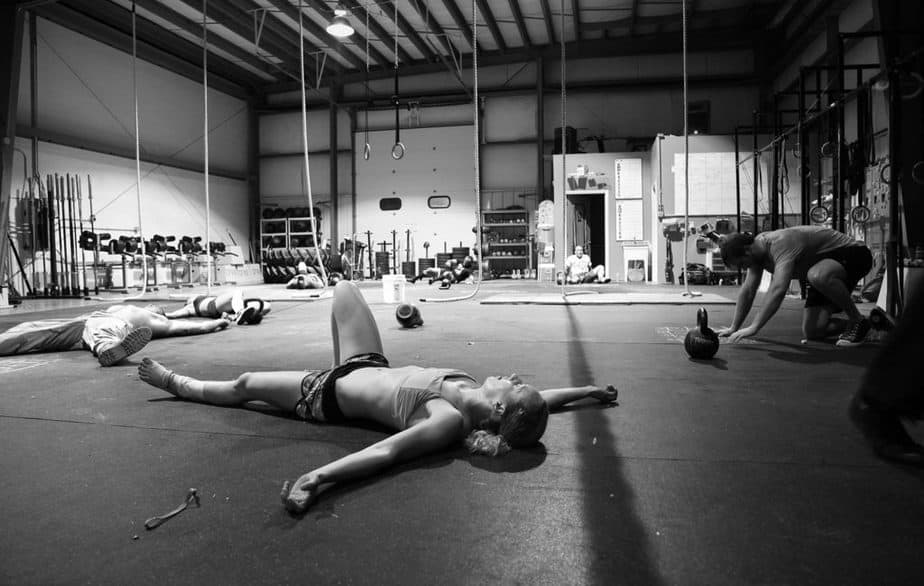
There is nothing quite like the feeling of a good workout – the rush of endorphins, the sense of accomplishment – it is all worth it when you finally get to that post-workout high. But sometimes, even after a great workout, you can still feel those pesky aches and pains in your muscles.
Here are seven ways to treat a post-workout muscle ache.
Compression
Compression can reduce muscle soreness and help speed up the recovery process after a good workout. Wearing compression garments, such as tights or leggings made of spandex, while working out and during your cool-down period can help keep inflammation at bay and reduce muscle pain.
Additionally, after your workout, you can use compression wraps or sleeves to target specific areas that may be sorer than others. This is particularly helpful for athletes who experience aches and pains in their calves, arms, shoulders, and back. Compression sleeves can also help improve circulation which will further aid with recovery.
Osteopathic Manipulation
Osteopathic manipulation is a technique similar to chiropractic care in which a therapist applies gentle pressure and manipulates the body’s muscles and joints to treat pain. Osteopathy treatment can help reduce inflammation, improve the range of motion, increase circulation, and relieve tension from sore muscles. It’s especially helpful for those who experience chronic muscle aches due to sports or other physical activities.
On the other hand, if you experience more serious pain, such as a muscle strain or sprain, then it’s best to consult with your doctor before trying this technique. The proper training and guidance of a qualified professional are necessary to ensure that the treatment is done correctly and safely.
Massage Therapy
Massage therapy is one of the most popular and effective methods for treating post-workout soreness. Not only does massage therapy help loosen tight muscles, it also improves circulation to the affected area, which helps reduce inflammation and pain. In addition, massage also stimulates the production of endorphins, which are the body’s natural pain-relieving hormones.
Massage should be tailored to your individual needs, depending on what type of pain you are experiencing and where it is located. For instance, if you have a lot of tension in your back, then focus on deep tissue massage. On the other hand, if you are experiencing general muscle soreness, then a light Swedish massage may be more beneficial.
Additionally, if you are training for a marathon or other long-distance event, then scheduling regular massages can help ensure that your muscles stay loose and healthy throughout your training.
Hydrotherapy
Hydrotherapy is another great way to reduce inflammation and speed up recovery after an intense workout. Soaking in a hot bath or hot tub can help relax tight muscles and allow the body to flush out toxins. Additionally, if you have access to an ice bath then taking a quick dip in it can help reduce inflammation and numb any pain. Both hot and cold therapy are effective methods for treating post-workout muscle aches, so find what works best for you and your body.
However, there are certain precautions to take when using hydrotherapy, such as not staying in too long or making the water too hot. It’s important to remember that these therapies should be used in moderation and under the guidance of a healthcare professional.
Stretching and Foam Rolling
Regular stretching and foam rolling can help keep muscles loose, reduce pain, and improve mobility. Stretching should be done before, during, and after a workout to prevent tightness, and once you’re finished with your workout, spending some time on a foam roller can help break down any knots and alleviate discomfort. Foam rolling can also be used as a form of self-massage to target specific areas that are more prone to soreness.
Additionally, there are many different types of stretches and foam rollers available, so you can find the ones that are most suitable for your body and individual needs.
Sleep
Finally, one of the best ways to recover from a workout is by getting plenty of restful sleep because, during sleep, the body repairs itself and produces hormones that help with inflammation. Moreover, when you get enough rest and sleep, your body will be able to better manage stress, which can also help with recovery.
On the other hand, if you are having trouble getting enough sleep, then it’s best to consult with your doctor before trying any methods of improving your sleep.
You can try activities such as meditation or yoga before bed, or take natural supplements like melatonin to help you fall asleep faster and get a better night’s rest
Nutrition
Proper nutrition is key when it comes to muscle recovery, so make sure you’re giving your body the fuel it needs. Fueling your body with the right combination of carbohydrates, proteins, and fats will help replenish lost energy and provide essential nutrients for muscle recovery
Additionally, certain foods such as salmon or nuts are rich in anti-inflammatory properties that can help reduce pain and swelling. Oranges, bell peppers, and leafy greens are also great sources of antioxidants that can speed up recovery. Try to include these foods in your diet whenever possible, as they can be beneficial for post-workout recovery.
On the other hand, it’s important to remember to drink plenty of water throughout the day as well. This will help keep your body hydrated and properly nourished for optimal muscle recovery.
Finally, it’s best to consult with a nutritionist or dietitian for dietary advice specific to your needs.
These are just some of the many ways you can treat post-workout muscle aches and get back on track with your training routine. Ultimately, the best way to treat post-workout muscle aches is by listening to your body and finding what works best for you.
Whether it’s stretching, foam rolling, massage therapy activities such as meditation or yoga before bed, or taking natural supplements like melatonin to help you fall asleep faster and get a better night’s rest – all of these methods can help with post-workout muscle aches. However, if you are experiencing more serious pain, it’s best to consult with your doctor before trying any of these techniques.
With the right approach and a bit of patience, you will be able to recover quickly from tough workouts and stay healthy for years to come.






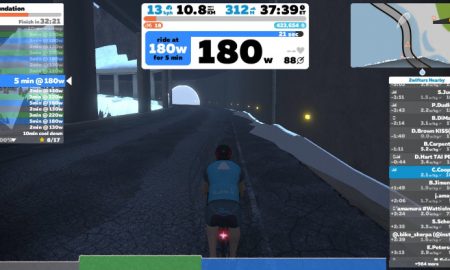



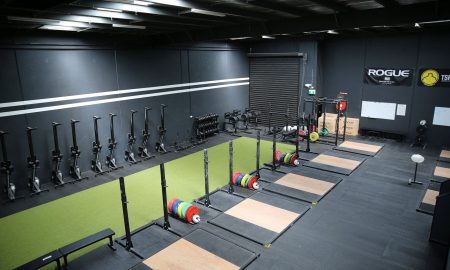
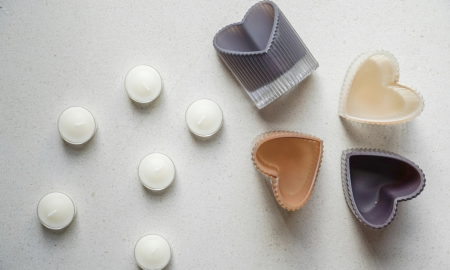
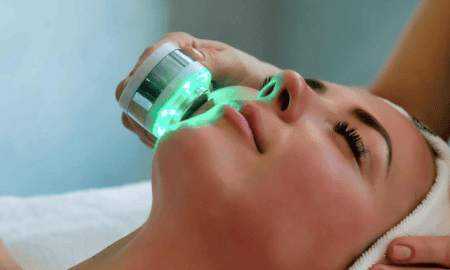
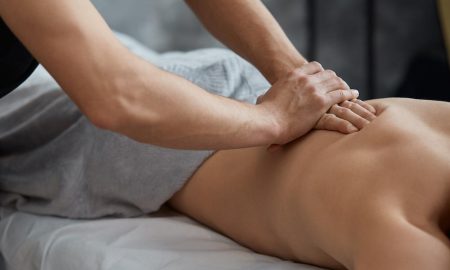
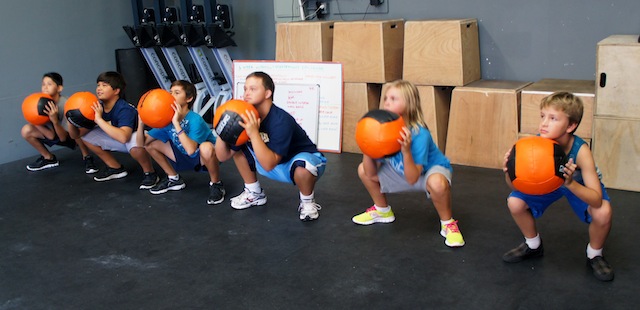
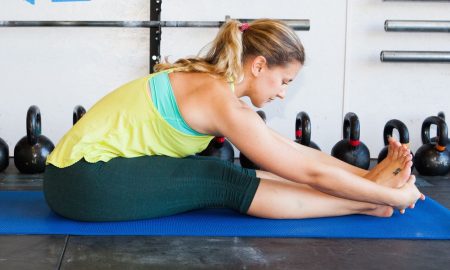
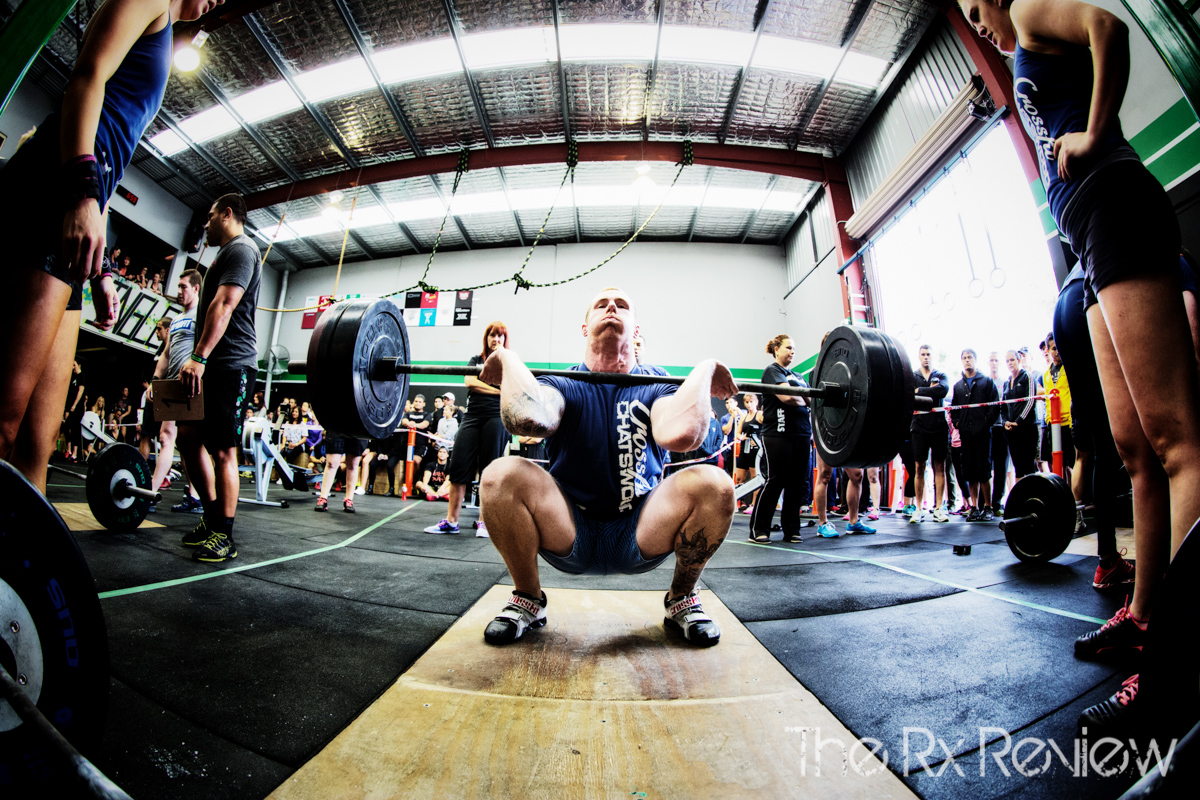

Follow Us